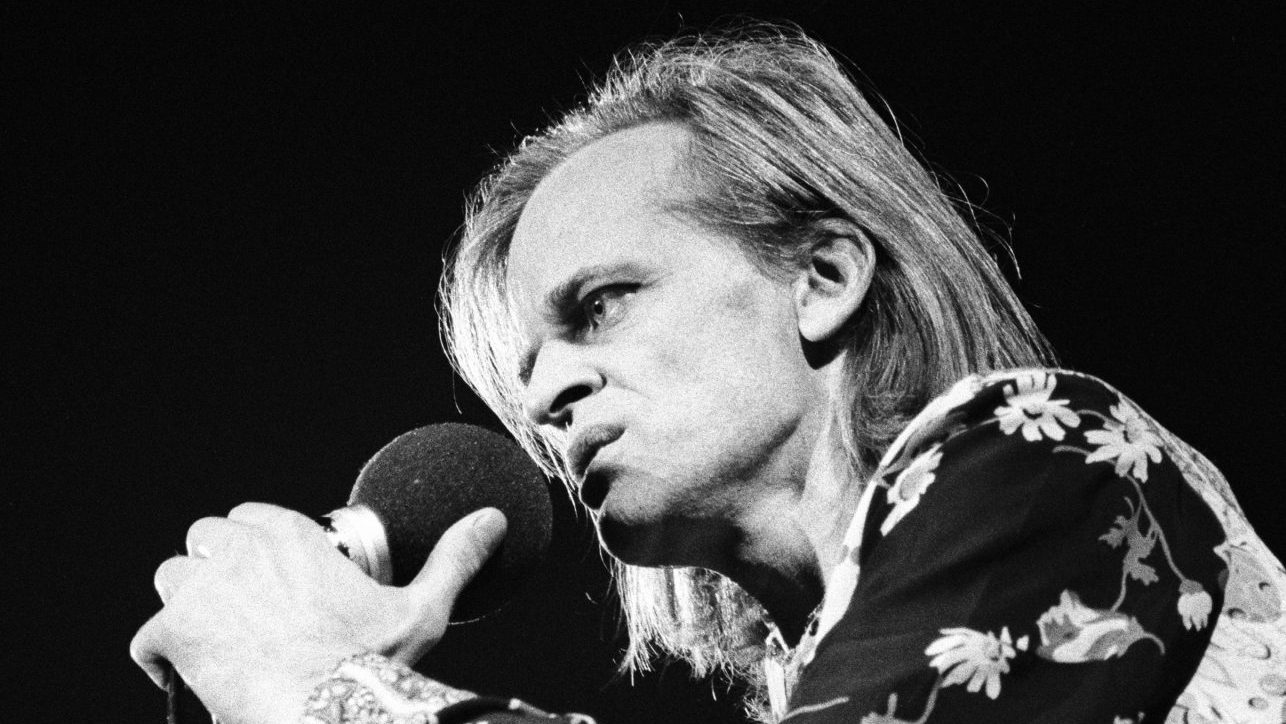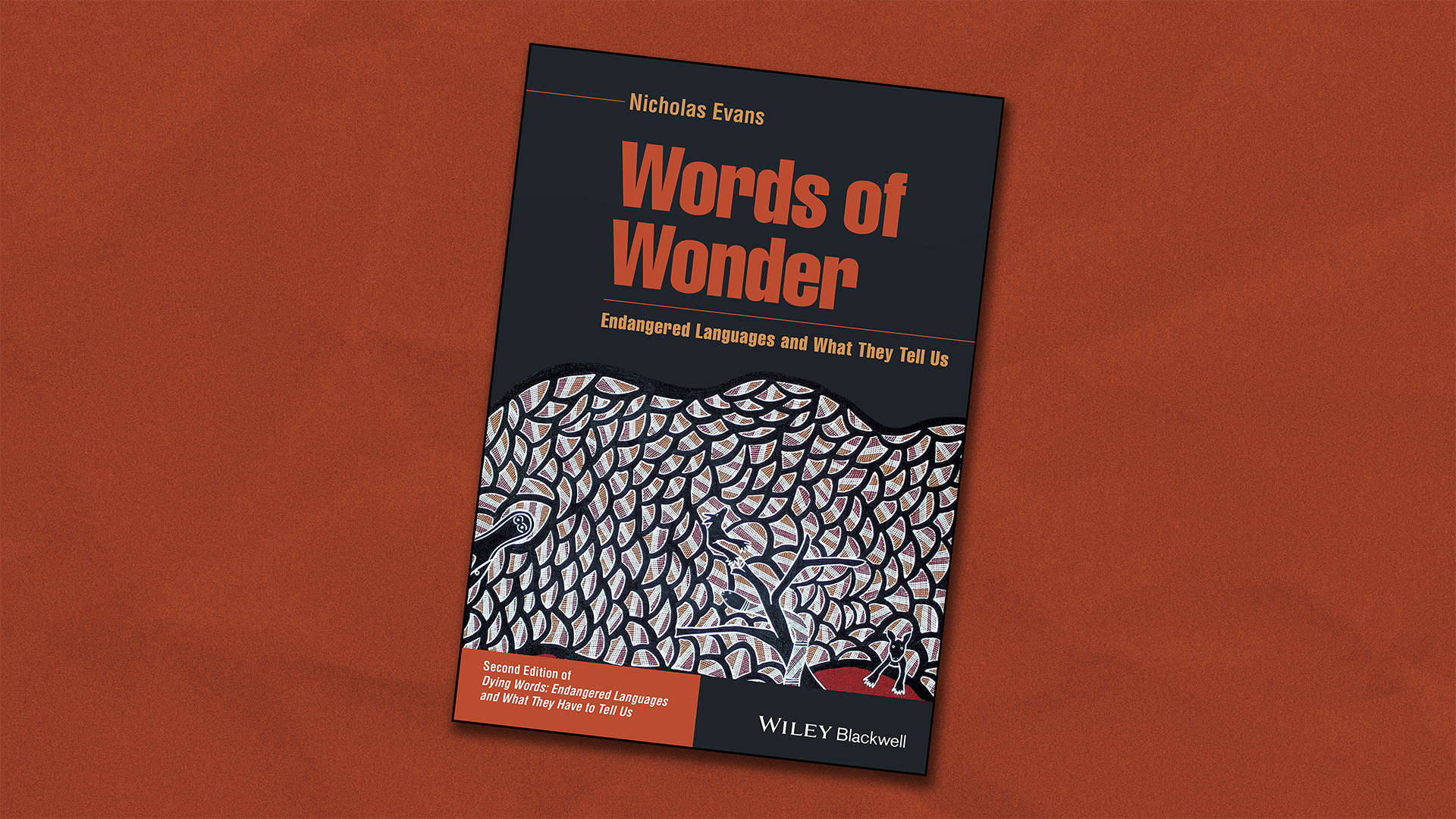The only thing you can expect from a new Ben Myers book is that it will be nothing like a previous Ben Myers book. Jesus Christ Kinski is no exception, but it is exceptional.
Myers is a former music journalist-turned-serial award-winning writer of uncompromising books. He’s probably best known for The Gallows Pole (2017), adapted for a BBC series two years ago.
Last year came the relatively gentle Rare Singles, a novel about a forgotten Northern Soul singer. So it follows that Jesus Christ Kinski is a wild, thrilling ride and probably his most niche book to date. It is a novel about a film about a 50-year-old performance of a monologue about Jesus, delivered by a deeply troubled German actor.
It’s January 2021, Britain has finished the transition period of leaving the EU and is now completely out of the customs union and single market. A year into the Covid pandemic, England has just entered into its third national lockdown. And somewhere in the Calder Valley, isolated because of snowstorms, Myers is becoming increasingly obsessed with YouTube footage of Klaus Kinski at the Deutschlandhalle in West Berlin, on November 22, 1971.
Suggested Reading


Can we get Jack Kerouac’s America back?
Kinski, who by then had appeared in films including Dr Zhivago and For a Few Dollars More is giving (or attempting to give) a performance of a self-written piece called Jesus Christus Erlöser (Jesus Christ Redeemer). The performance, filmed and finally released in 2008, becomes increasingly confrontational, with the audience heckling from the start, and Kinski frequently storming off the stage. At one point he invites a heckler on stage to confront him.
“There are two possibilities. Either those of you who aren’t part of that riff-raff throw the others out, or else you spent your money for nothing!
(Kinski throws down mic, storms off stage and down steps, stumbles, disappears behind the green curtain with a theatrical flourish.)
(Stage lights go down)!
Eventually, to a greatly reduced audience, after all the hecklers and troublemakers had been asked to leave and thrown out, Kinski returns to the stage to complete the monologue.
One part of the book places us in the thoughts of Kinski, and his inner voice during the performance, with flashes of events in his life.
“Kinski is a fascist
They chant
Kinski is a fascist, Kinski is a fascist
Over and over
Until the words become jumbled
A fascist is Kinski, a fascist is Kinski
And the words lose their meaning
Is fascism a Kinski, is fascism a Kinski
And words without meaning are like
bullets without a gun – worthless,
As worthless as the scum-sucking
Plebeians who titter in the darkness”
A second, interlaced strand is a piece of auto-fiction where Myers (or at least a fictionalised version of him) ponders how and why he is writing a book about Klaus Kinski, when he should be researching St Cuthbert for his current work in progress, Cuddy (actually released in 2023 to great acclaim and the Goldsmiths Prize). At this point in his career, Myers tells us, he has unexpectedly found himself to be in a comfortable position due to the surprise success of The Offing (2019) in Germany, where it has become a bestseller. It is enough, he thinks, to enable him to move from the dark side of the valley, and buy a house on its yearned-for sunny side.
But then there is Kinski. Myers wonders why he feels he has to write a semi-fictional book about a problematic man that will have limited appeal, and the morality of writing about a person who is dead and was almost certainly an abuser of women and children. Can we separate the art from the man? What drives an artist to the point of insanity in pursuit of his art? He writes: “It was useless: his attention was butterflies in a wind tunnel. The footage of Klaus Kinski from 1971 was still the only thing that interested him. Even after it had finished it wouldn’t let him go.”
After Jesus Christ Redeemer, Kinski would never set foot on the stage again. But the next year, he made the remarkable Aguirre, Wrath of God, the first of his five films directed by Werner Herzog and would go on to act in over 130 films of extremely varying quality until his death in 1991. Herzog described him as “one of the greatest actors of the century, but also a monster and a great pestilence.”
The novel is experimental in form but highly readable. It is exciting, shocking, funny and fascinating. Whether we’re in Kinski’s head, or in the north of England with Myers, both intertwining threads are hugely entertaining. The only question is where Myers will take us next.
Jesus Christ Kinski by Benjamin Myers is published by Bloomsbury
Pete Keeley is a music distributor and literature obsessive



